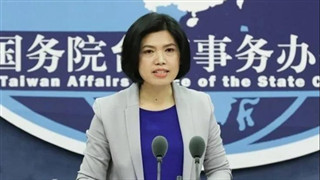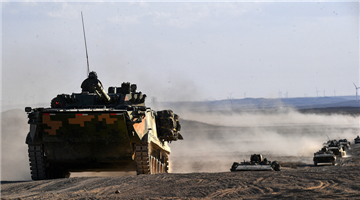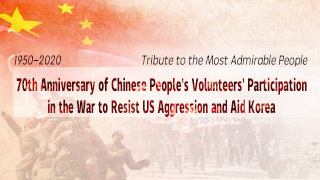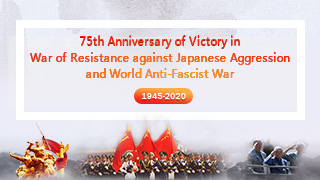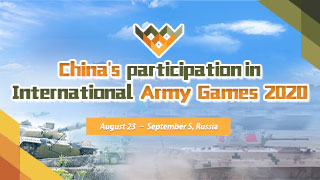
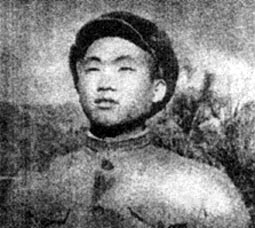
In July 1952, to seek a solution to the prisoner-of-war issue, the Chinese negotiators proposed to the US side the principle of repatriation of all armed personnel captured by both sides. The US still stuck to the "voluntary repatriation" proposal and unilaterally announced the indefinite adjournment of the armistice negotiations on October 8, and launched an offensive on the positions of two CPV companies in Shangganling, which they called "Kimhwa Offensive".
Shangganling is located at the southern foot of the Wusheng Mountain and served as a strategic point in the central front of the CPV. Its prominent position directly threatened the Kimhwa defense line of the US-led “UN Forces”. To exert military pressure on CPV, create a favorable position on the negotiating table, and improve its defensive posture in the Kimhwa area, the enemy launched a fierce offensive against CPV at Shangganling. It was the largest military offensive in a year as the enemy aimed to force CPV to make concessions. The enemy mobilized more than 60,000 troops, over 300 artillery pieces, more than 170 tanks, and 3,000 aircraft-times. More than 1.9 million bullets and over 5,000 bombs were dumped on the position of 3.7 square-kilometers guarded by two CPV companies. The artillery fire density even exceeded the level of those during World War II. The hilltop of CPV's position was cut down by two meters, and the rocks were bombarded into dust by one to two meters and the surface of the Shangganling became scorched earth. Many tunnels were cut by five or six meters. Although the enemy used an unprecedented concentration of artillery in the history of world warfare, it failed to break through the steel defense of the CPV. Relying on a solid defensive with tunnels as the backbone, they fought against enemies bravely and tenaciously. Each surface position was repeatedly lost and regained for several times, and the battle situation was unprecedentedly intense.
There emerged many heroes in the battle. Huang Jiguang, the posthumously titled Special-Class Combat Hero, blocked the enemy's machine gun fire from a bunker with his body and opened the way for CPV troops to launch an counterattack. Sun Zhanyuan, a platoon leader who was posthumously awarded the title of First-Class Combat Hero, insisted on giving combat orders to his men after his legs were seriously wounded, pulled the pin of his last grenade and rolled towards the crowd of enemies. Hu Xiudao, a rookie soldier who was awarded the Special- Class Merit and the title of First-Class Combat Hero, fought in the position alone when the other soldiers of his squad were wounded or killed. He repelled more than 40 enemy charges bravely and tactfully, killing more than 280 enemies, and successfully defended the position. Signalman Niu Baocai was badly injured in the battle, at his last breath, by using his body as the conductor, he connected the broken telephone line to ensure the smooth commanding communication. He was posthumously awarded the Special-Class Merit and the title of Second-Class Combat Hero. There are also many heroes and heroic deeds.
The world-famous Battle of Shangganling lasted for 43 days. The US-led "UN Forces" and the CPV repeatedly fought for positions for 59 times. More than 40,000 CPV soldiers fought in this battle. They repelled enemy over 900 charges, annihilated more than 25,000 enemy troops, shot down and injured more than 270 enemy aircraft, and destroyed 14 tanks and more than 60 cannons. CPV successfully defended the Shangganling position and created an example of defensive warfare. The US-led “UN Forces” launched this offensive to reverse the passive situation on the battlefield, but the result was the opposite. "The battle of Kimhwa has now reached an unprecedented level of intensity in the Korean War. The number of casualties and materials used were unprecedented, except for the 1950 defeat in North Korea," the Associated Press reported at that time.



